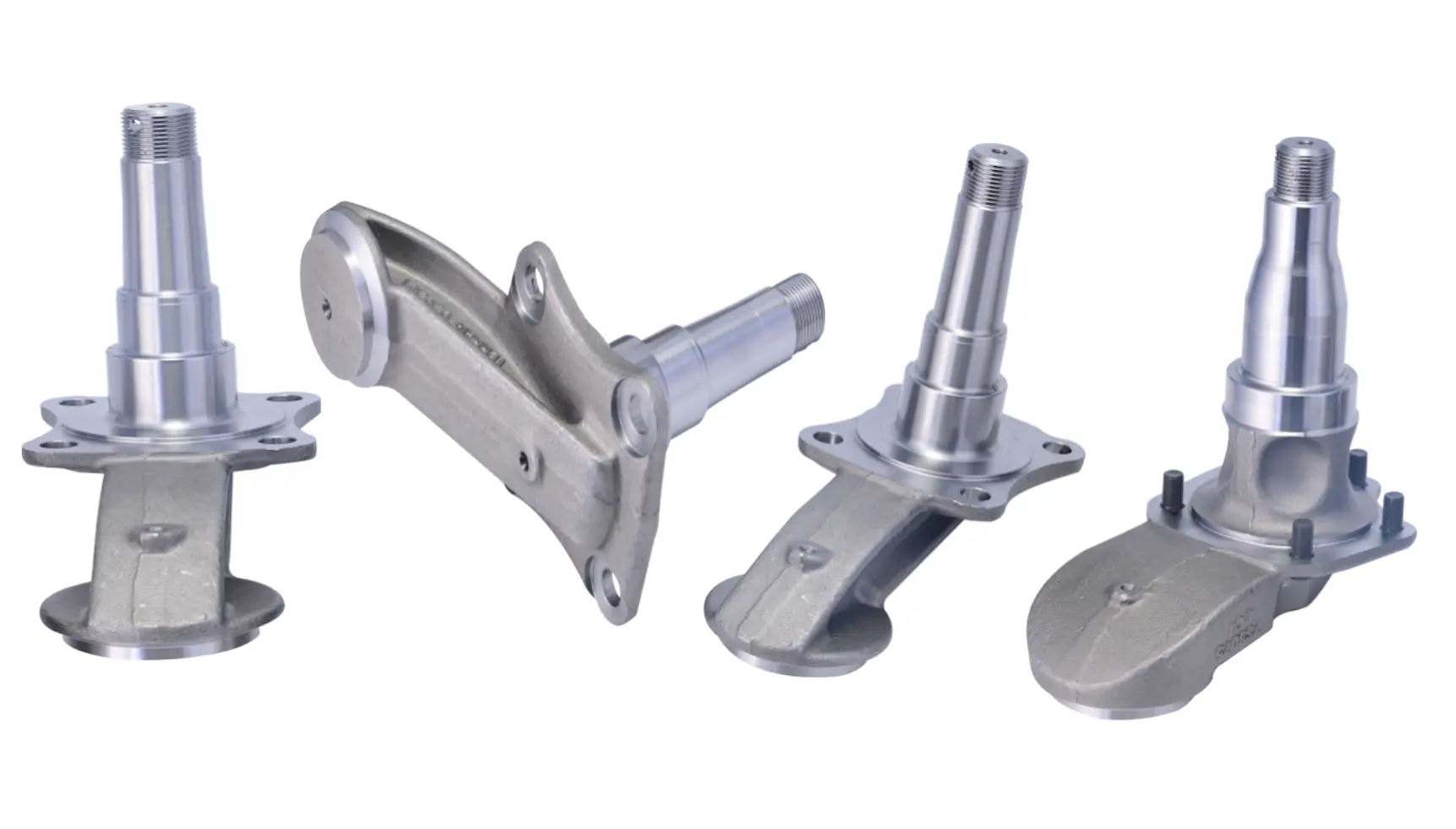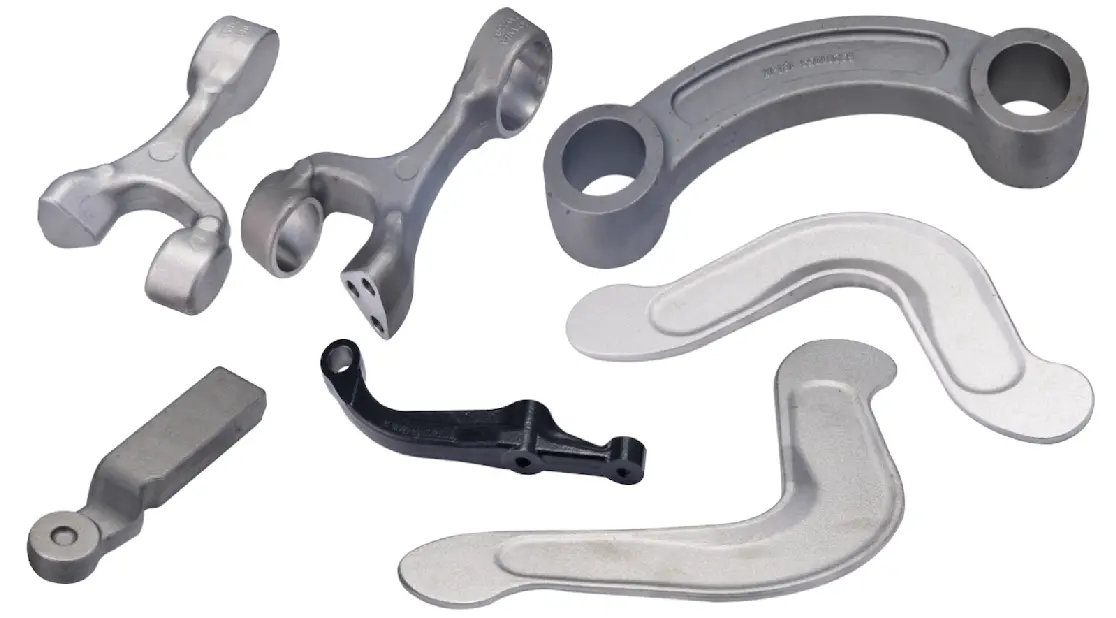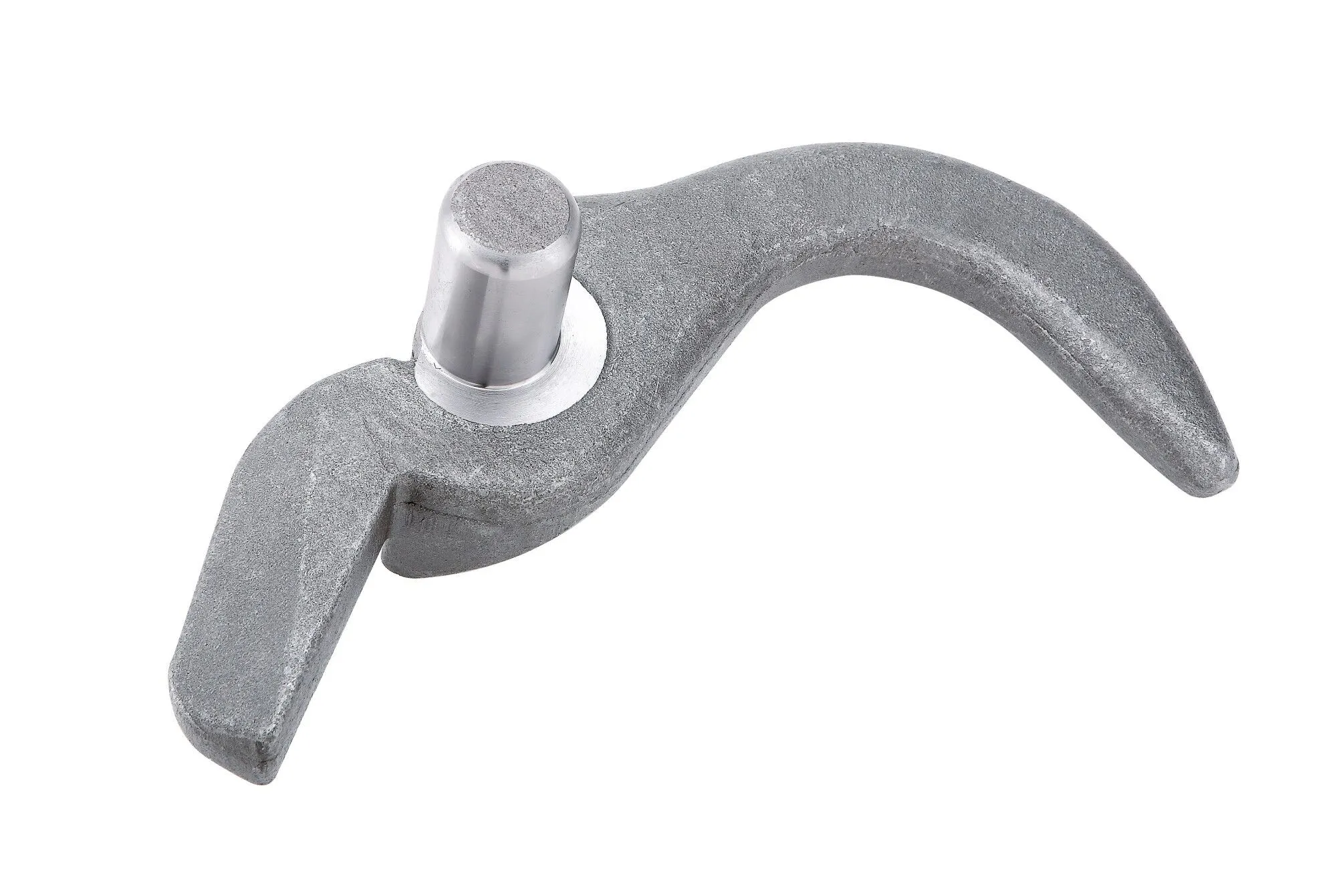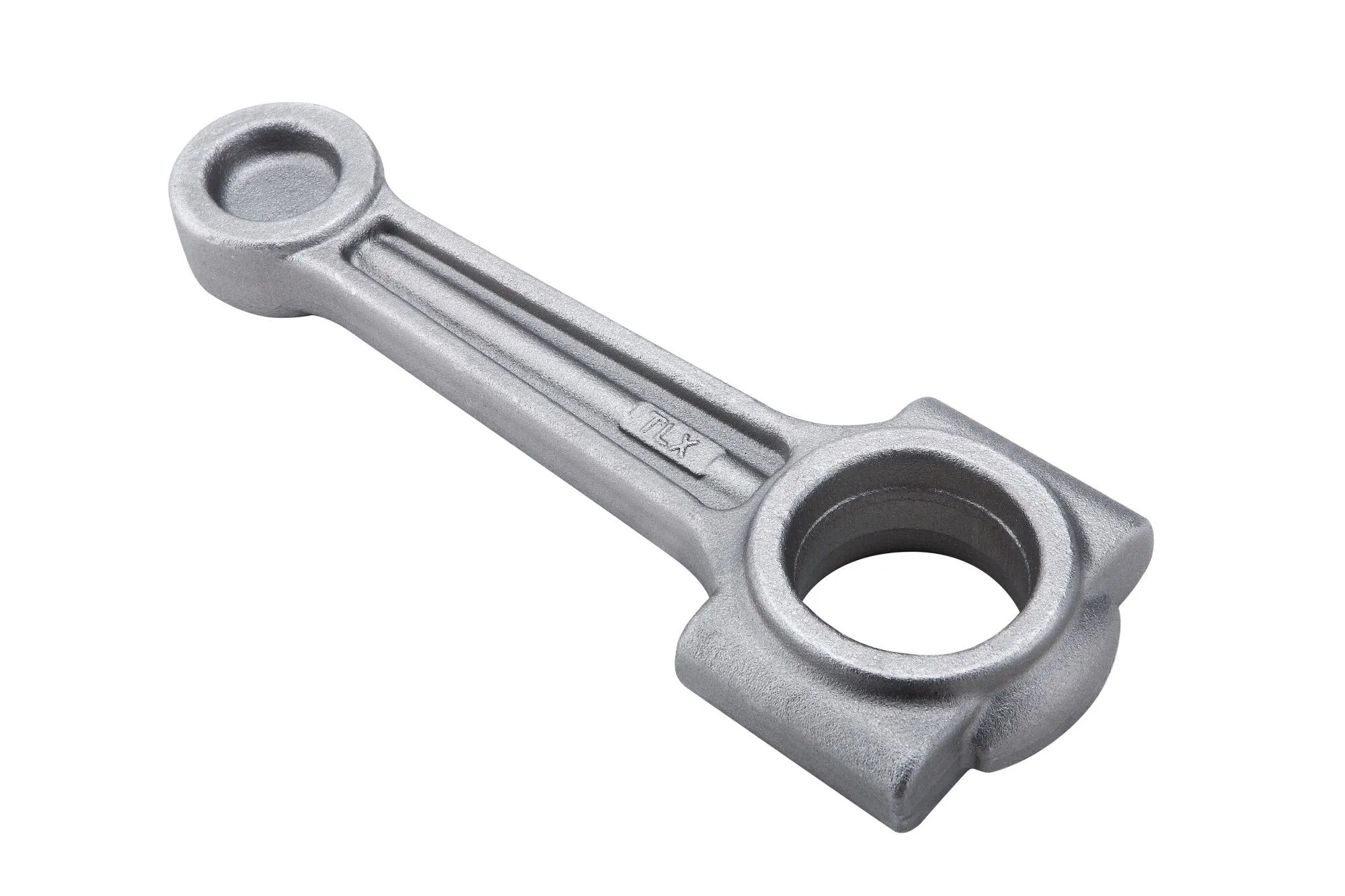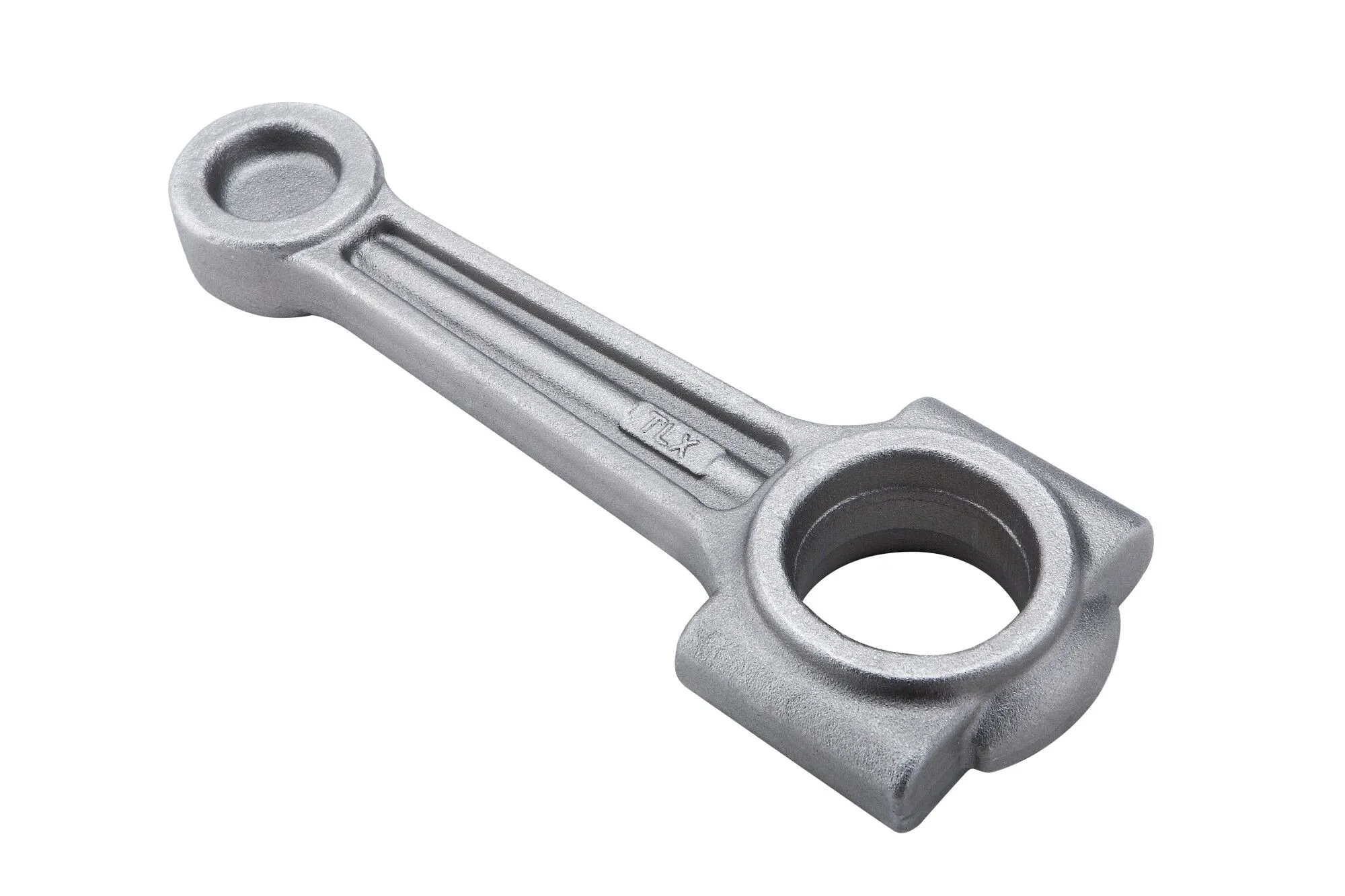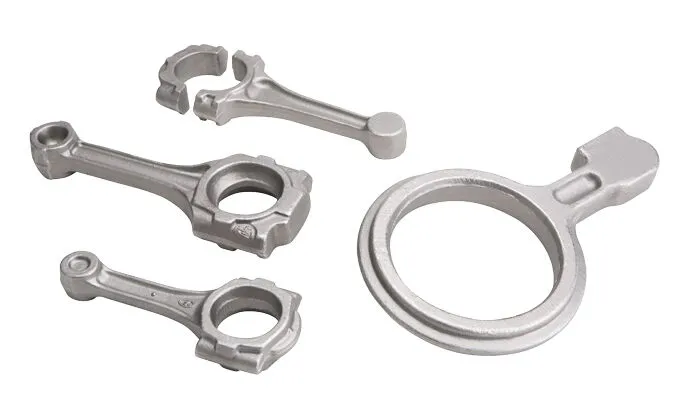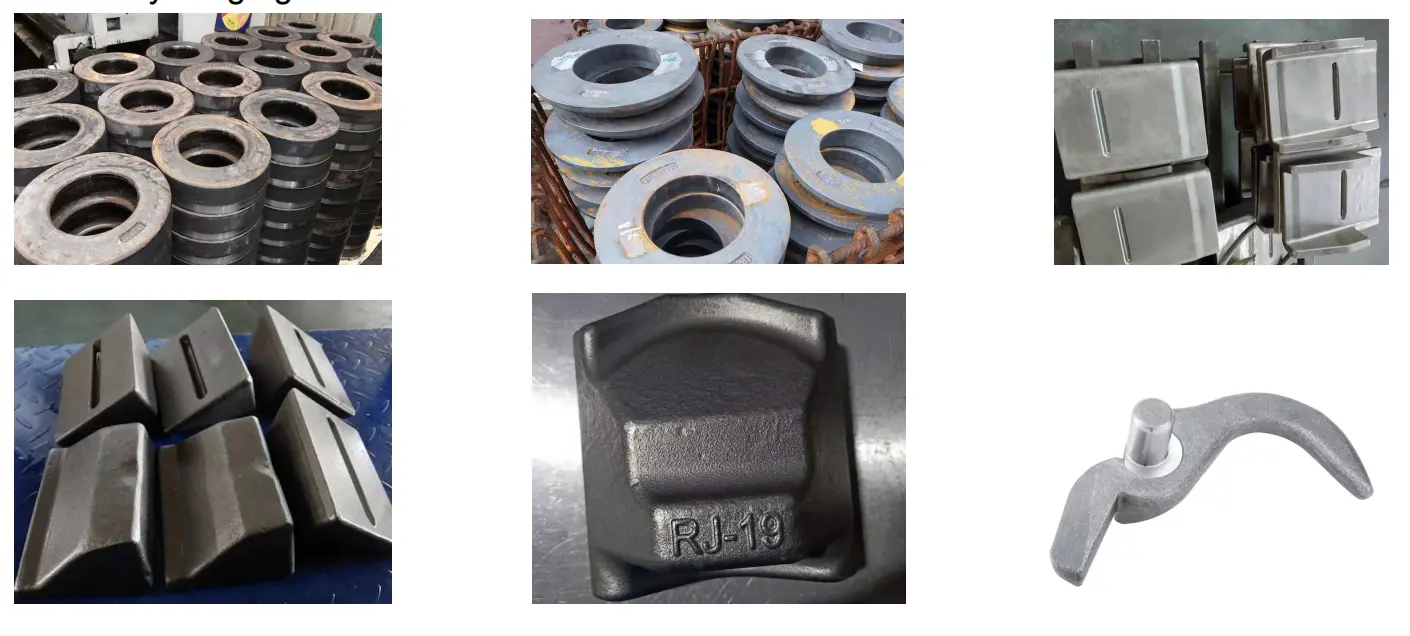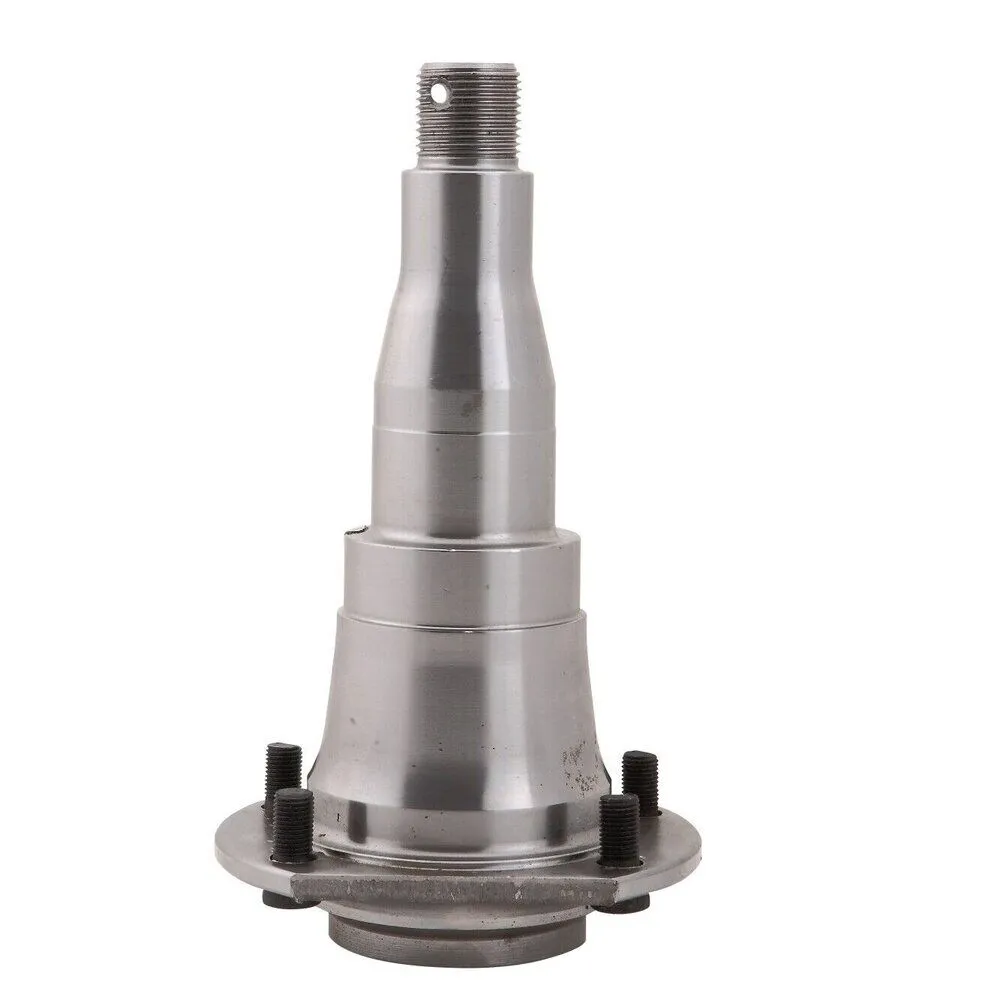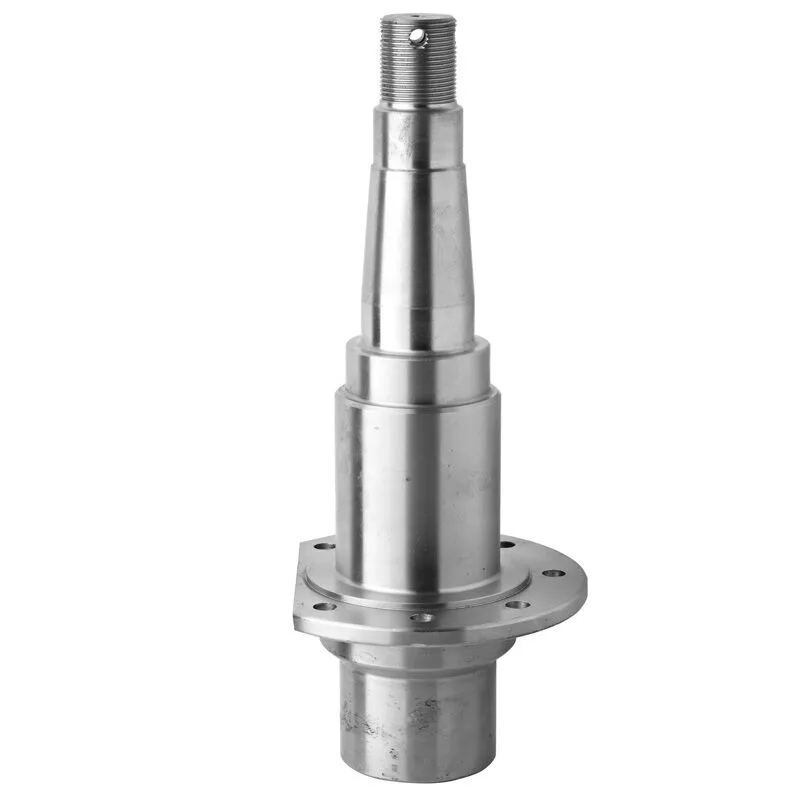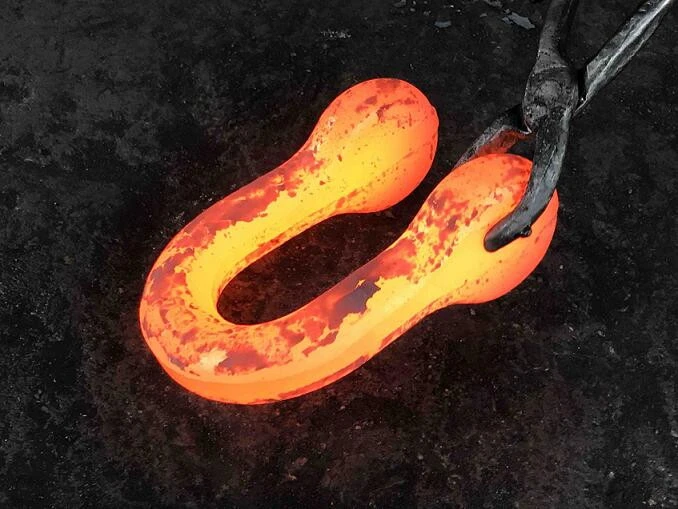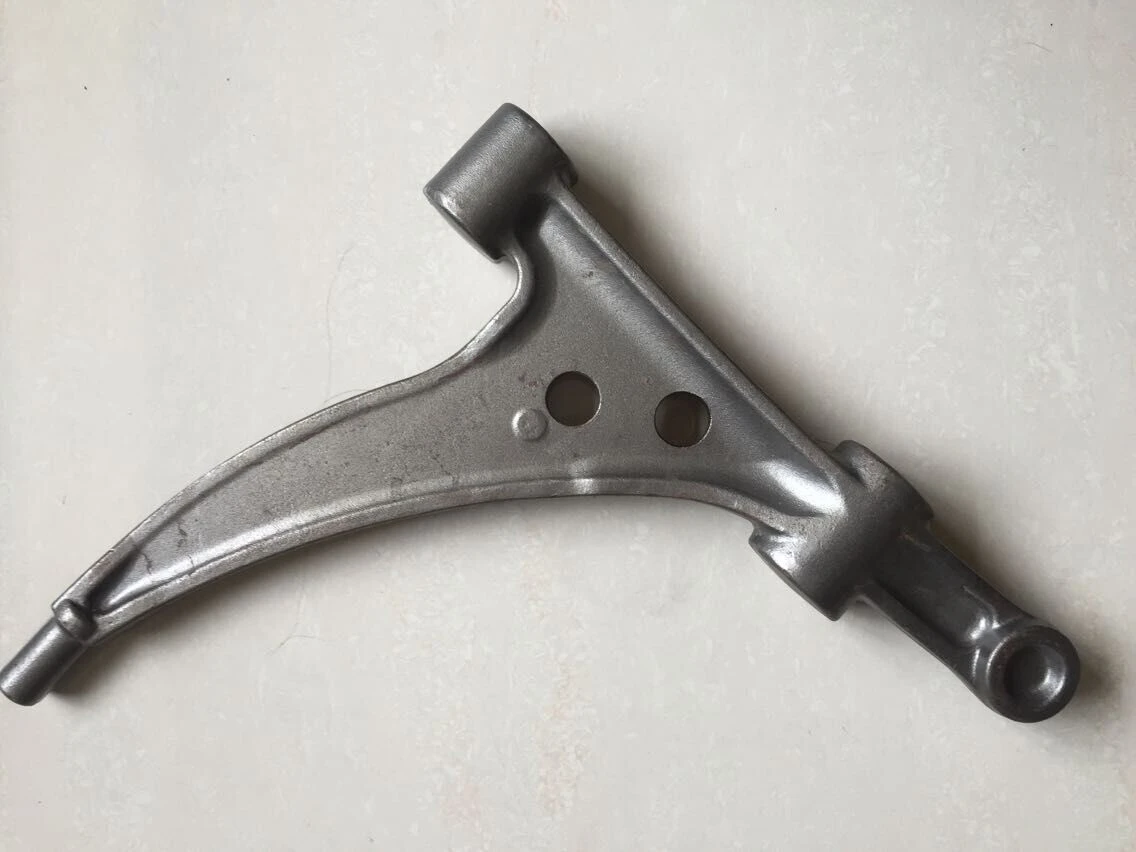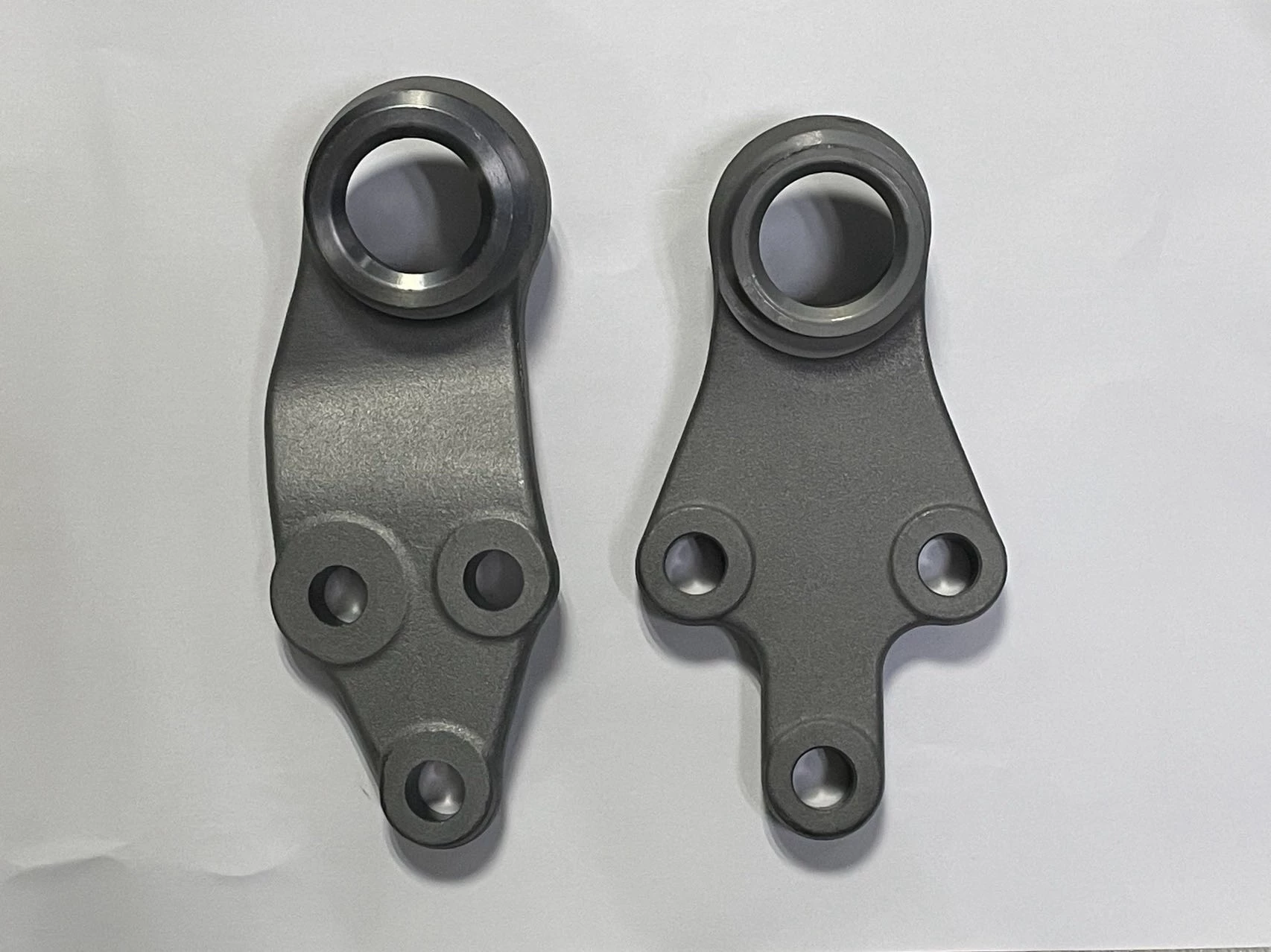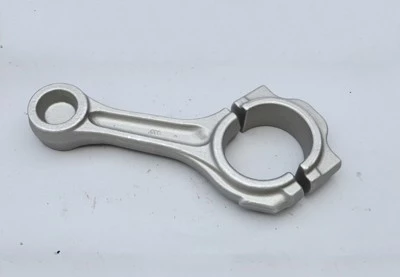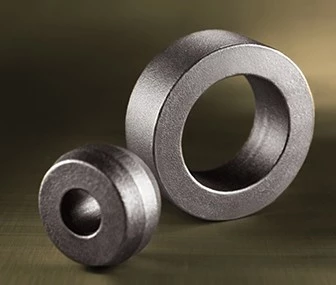Products
As a leading China forging company, we provides Premium Quality forged carbon or alloy steel parts custom fabrication services for high end customers all over the world.
Mercedes Benz has been one of our clients for decades.
Forged trailer spindle from 1000lbs to 15000lbs for RV suspension axle
In the process of forging, not only the appropriate shape and size must be required, but also the performance requirements of the parts during the use must be met, which includes strength index, plasticity index, impact toughness, fatigue strength, fracture toughness, resistance against stress corrosion and so on. This makes forging process always better than other metal working processes. Below we would like to introduce forging under different conditions.
Hot die forging is a type of forging process technology, which generally refers to the precision forging method of heating a metal blank to a temperature higher than the recrystallization temperature of the material, and using a mold to plastic form the metal blank into the shape and size of the forging.
It is composed of three parts: big end of connecting rod,rod body and small end.Big end is separated, half of which is integrated with the rod body, and the other half is rod cap. Connecting rod cap is assembled with the main crankshaft journal by bolts and nuts.
1500lbs-15000lbs forged and machined traler axle spindle
Forged hinge is a mechanical device used to connect two solids and allow relative rotation between them. The hinge can be composed of movable components or foldable forged items.
Die forging produces parts that have excellent mechanical properties, such as high strength and toughness. The process creates a tightly packed grain structure that enhances the strength and durability of the material. As a result, automotive components produced using die forging are highly resistant to wear and tear, as well as to fatigue failure.
Connecting rod connects the piston and the crankshaft, and transmits the force exerted by the piston to the crankshaft, transforming the reciprocating motion of the piston into the rotational motion of the crankshaft. It is one of the main transmission components of automotive engines, which transmits the pressure of the expanding gas of the piston to the crankshaft, transforming the reciprocating linear motion of the piston into the rotational motion of the crankshaft, in order to output power.
Hot die forging is a type of forging process technology, which generally refers to the precision forging method of heating a metal blank to a temperature higher than the recrystallization temperature of the material, and using a mold to plastic form the metal blank into the shape and size of the forging.
Recreational vehicle axle parts,RV spindle,lubed or nonlubed mobile home spindle
Spindle for trailer axle
Forged RV spindle torsion arm
Trailer Axle spindle
Door Hinge forging Supplier
The control arm of a car, as an important component of the vehicle suspension system, plays Support stability,Cushioning vibration,Steering function,Safety guarantee.
Clutch Fork used in gearbox.
Forged crankshafts are usually made of high-strength alloy steel, and their surfaces are usually processed by heat treatment, hardening treatment, and other processing methods to improve their wear resistance. This wear resistance can effectively reduce crankshaft wear during prolonged high-speed rotation, while also enabling the vehicle to better adapt to various working environments.
A ball joint is used for allowing free rotation in two planes at the same time while preventing translation in any direction,including rotating in those planes. Combining two such joints with control arms enables motion in all three planes, allowing the front end of an automobile to be steered and a spring and shock (damper) suspension to make the ride comfortable.
Connecting rod connects the piston and the crankshaft, and transmits the force exerted by the piston to the crankshaft, transforming the reciprocating motion of the piston into the rotational motion of the crankshaft. It is one of the main transmission components of automotive engines, which transmits the pressure of the expanding gas of the piston to the crankshaft, transforming the reciprocating linear motion of the piston into the rotational motion of the crankshaft, in order to output power.
Properties of Steel Forgings
Strong & Durable : Steel forgings have a generally higher strength and are typically tougher than steel processed in other fashions. The steel is less likely to shatter on contact with other objects for example, making forged steel highly suitable for items such as swords. This increased strength and durability is a result of the way in which the steel is forced into shape — by pressing or by hammering — during the forging process. The steel’s grain is stretched by this process, and ends up aligned in one direction, as opposed to being random. Following the pressing or hammering, the forging is cooled in water or oil. By the end of the process, the steel is stronger than it would have been had it been cast, for example.
Anisotropic: A steel forging’s strength isn’t consistent all the way through; instead, steel forgings are anisotropic, which means when the metal is worked on and deformation occurs, the steel’s strength is greatest in the direction of the resulting grain flow. This results in steel forgings which are strongest along their longitudinal axis, while in other directions, the forging will be weaker. This differs from steel castings, which are isotropic and therefore have almost identical properties in all directions.
Consistency Between Forgings: Since the process of forging is controlled and deliberate, with each forging undergoing the same steps, it’s typically possible to ensure a consistent material over the course of many different forgings. This is in contrast to cast steel, which is more random in nature due to the processes used.
Limit on Size: During the forging process, it’s more difficult to shape the metal, since forging occurs while the steel is still solid, unlike in casting where the metal has been reduced to its liquid form as part of the process. Since the metallurgist working with the steel will have more difficulty altering the metal’s shape, there’s a limit on the size and the thickness of the steel which can be successfully forged. The larger the metal section being worked on, the harder it is to forge.

